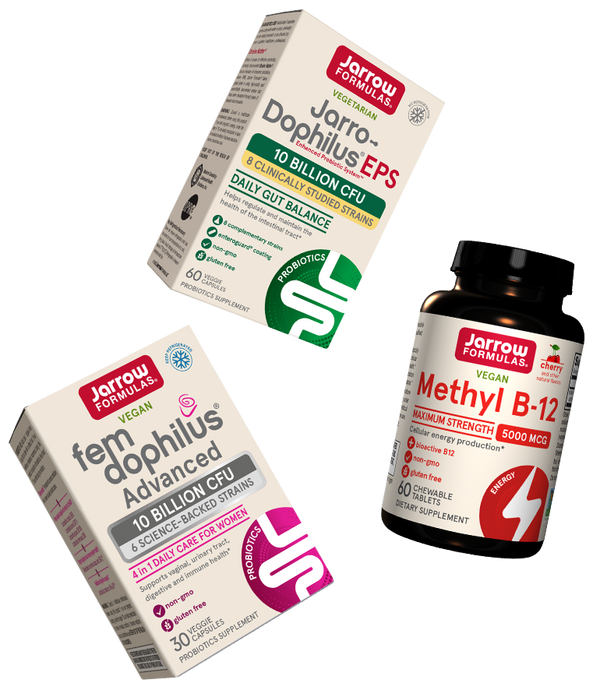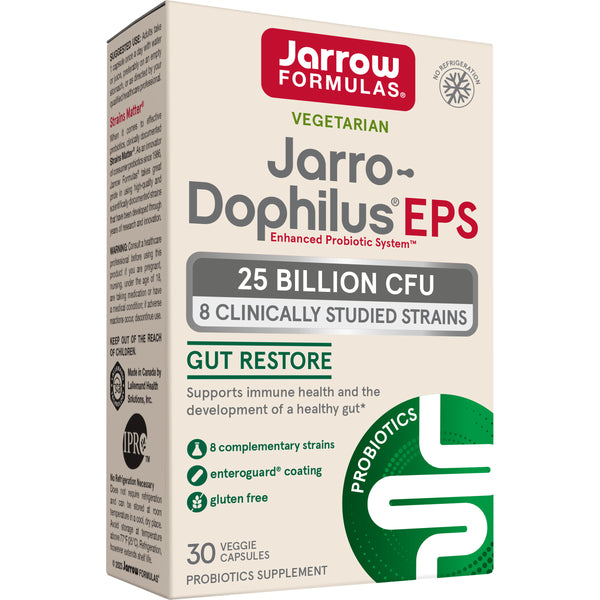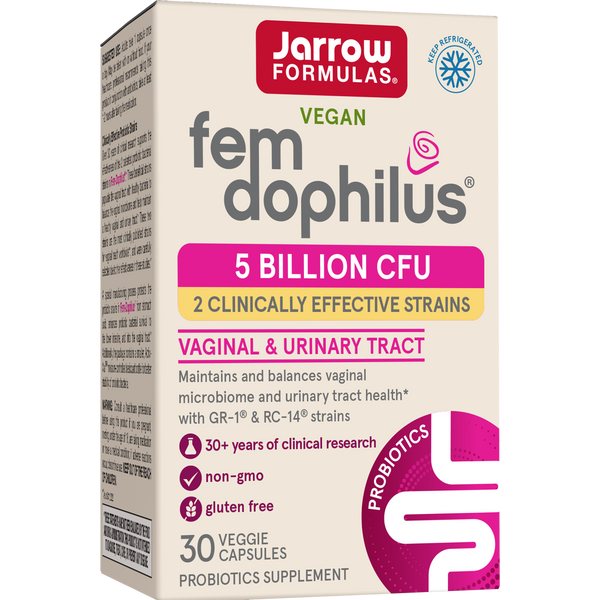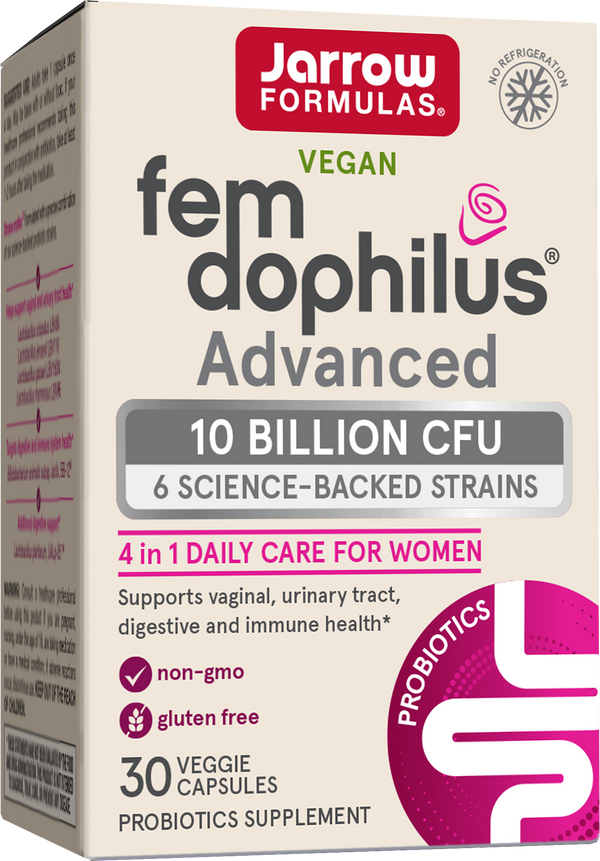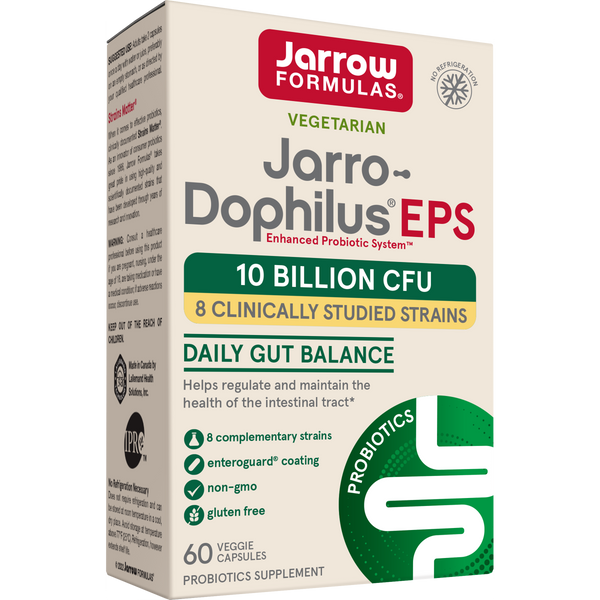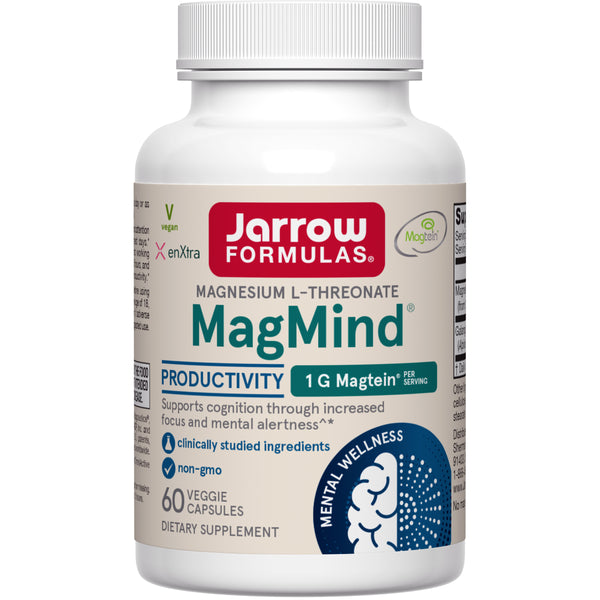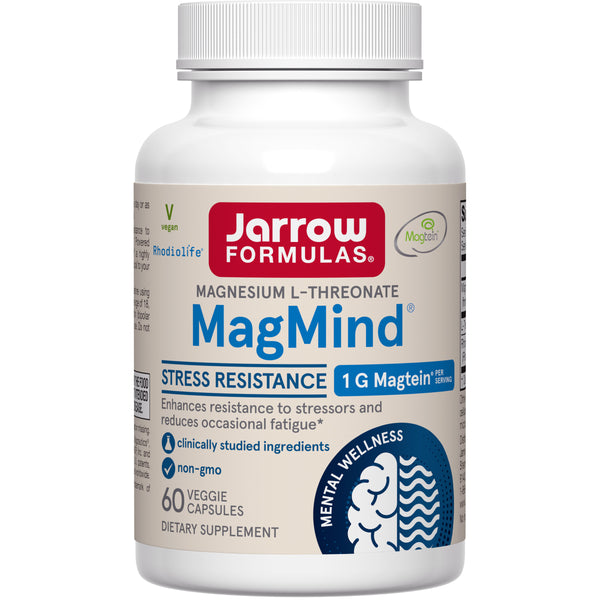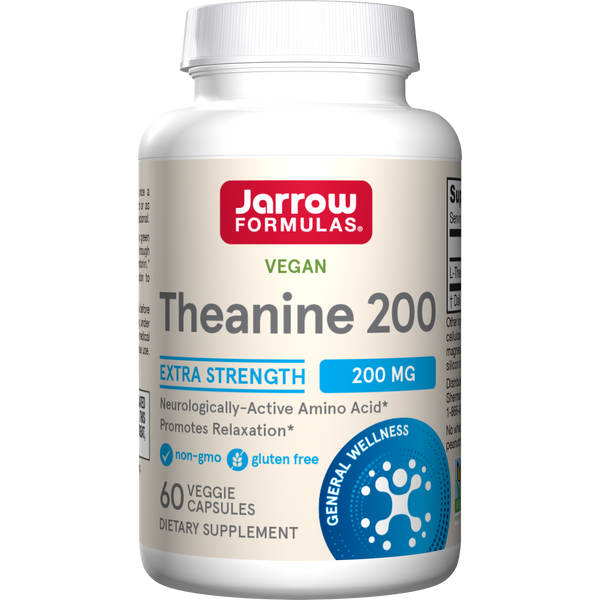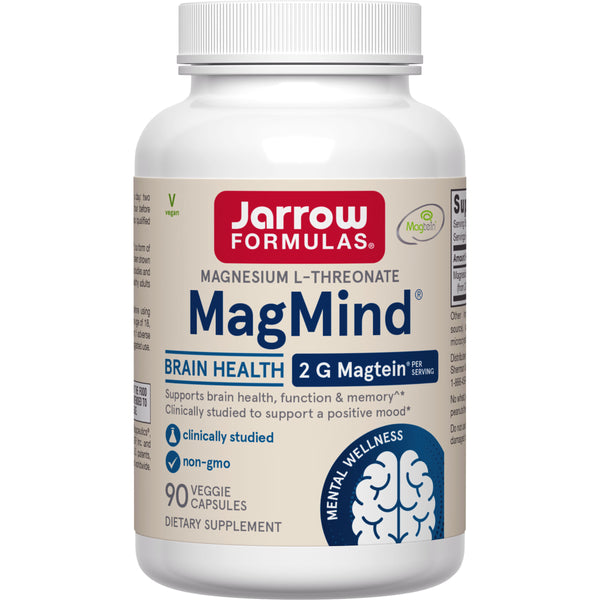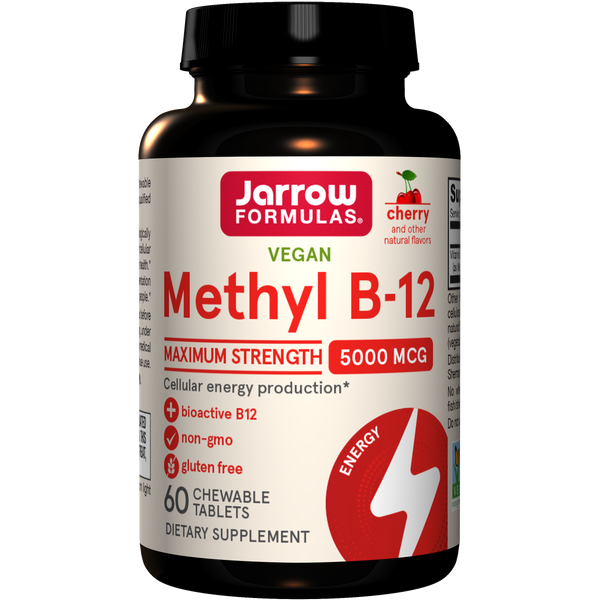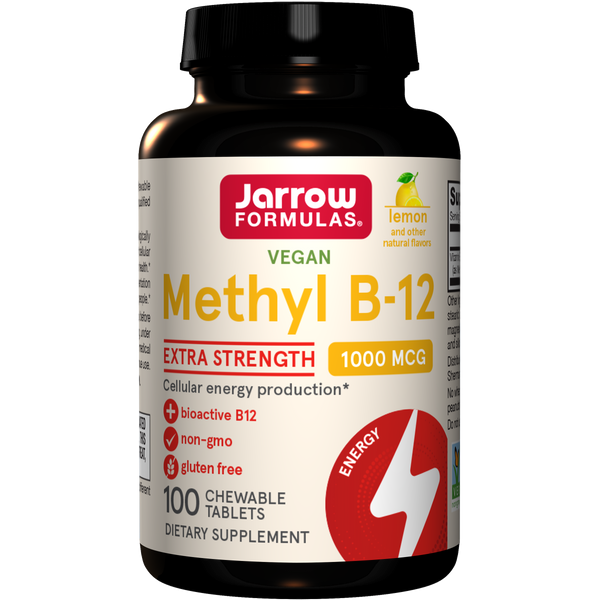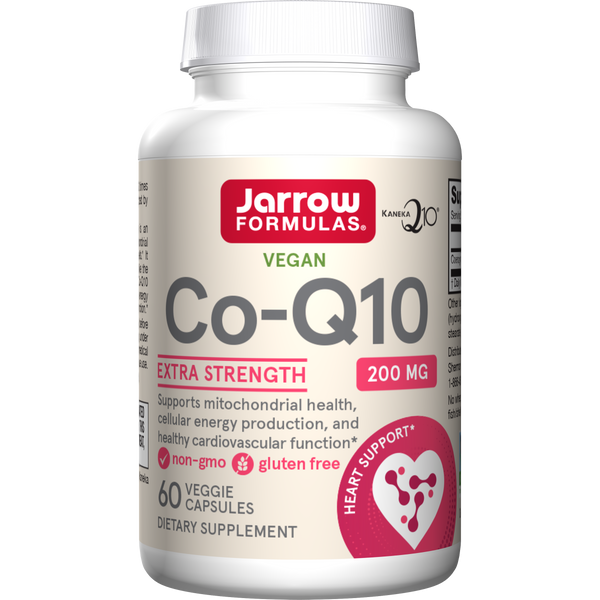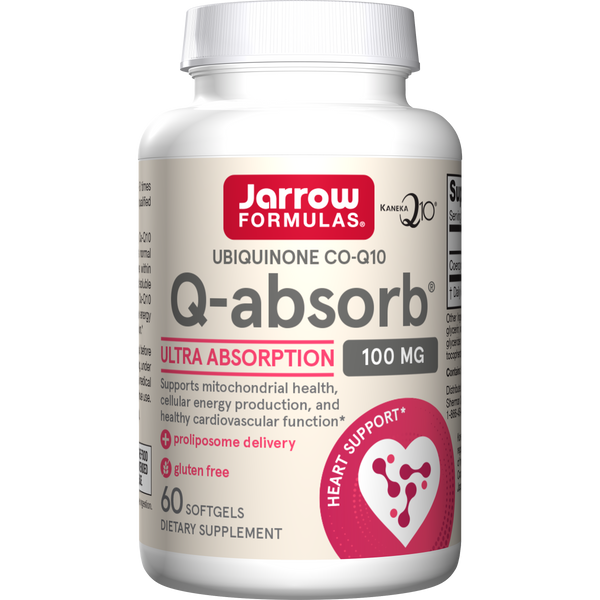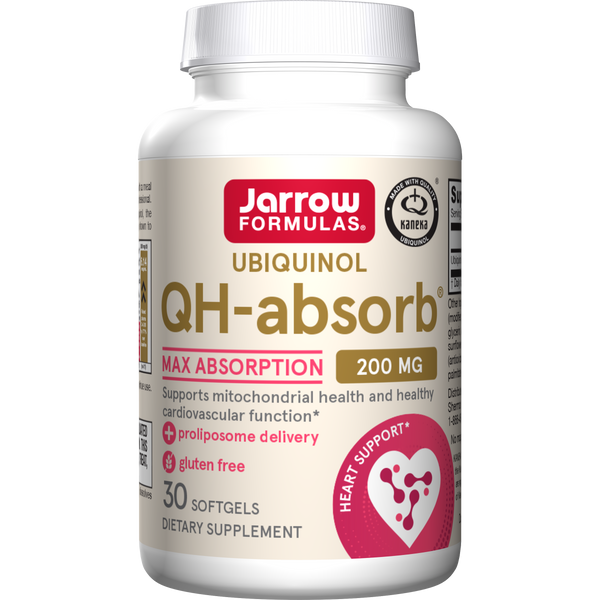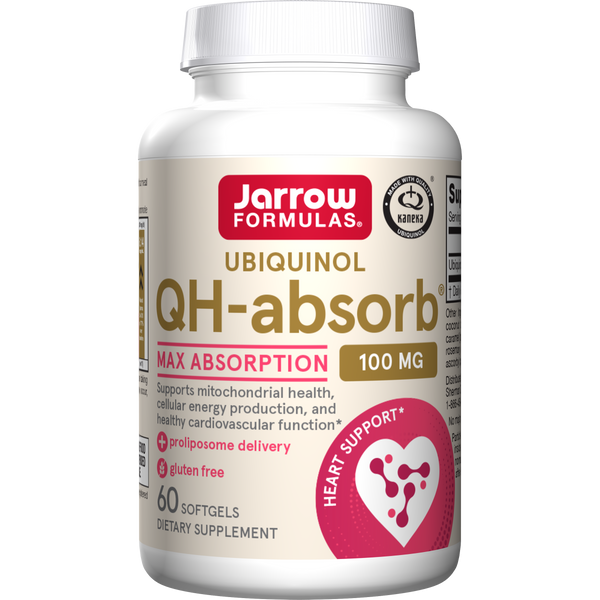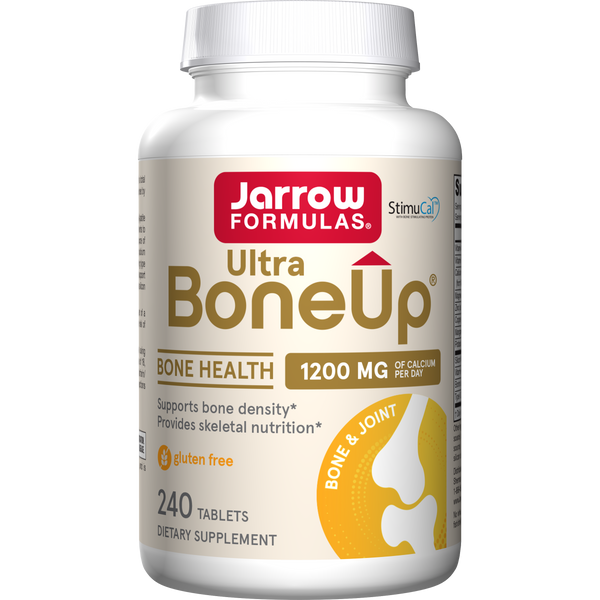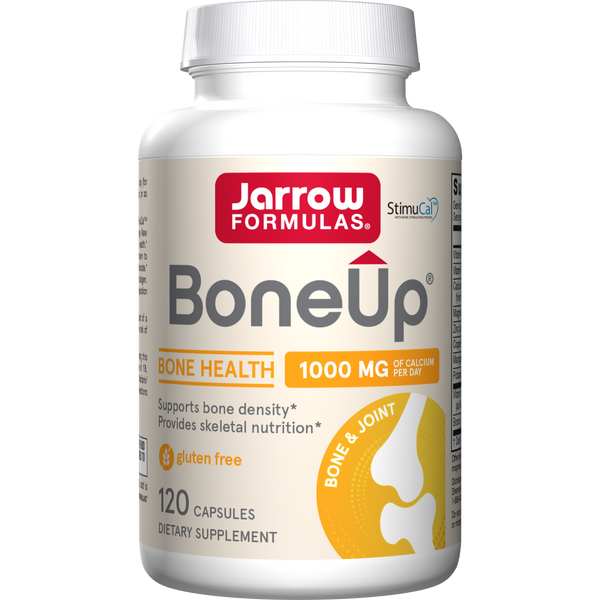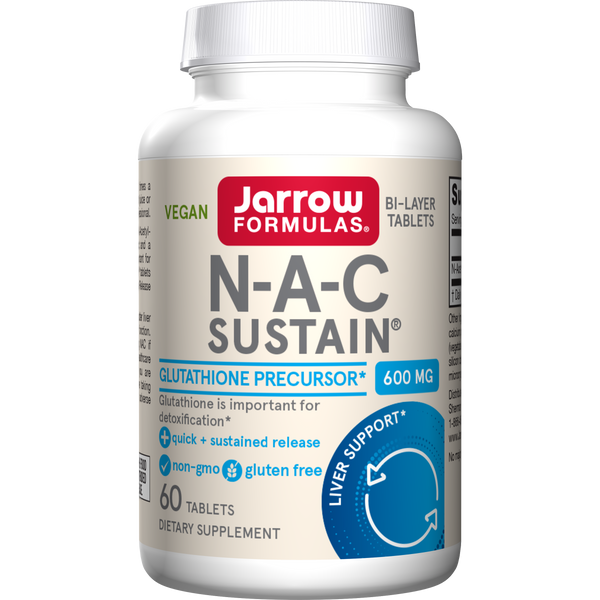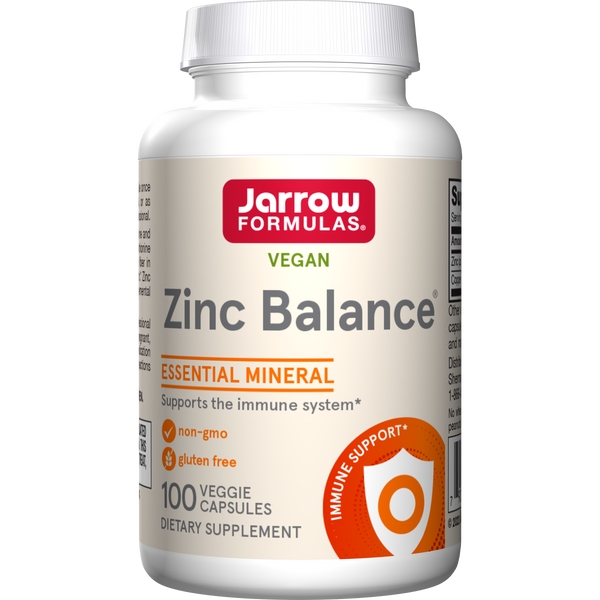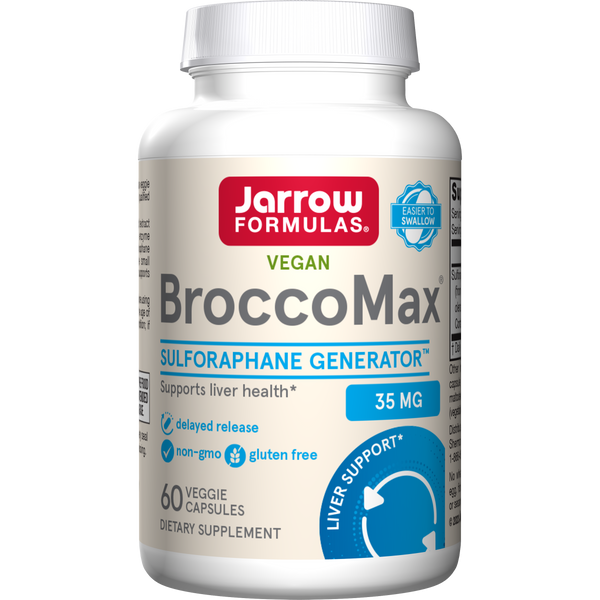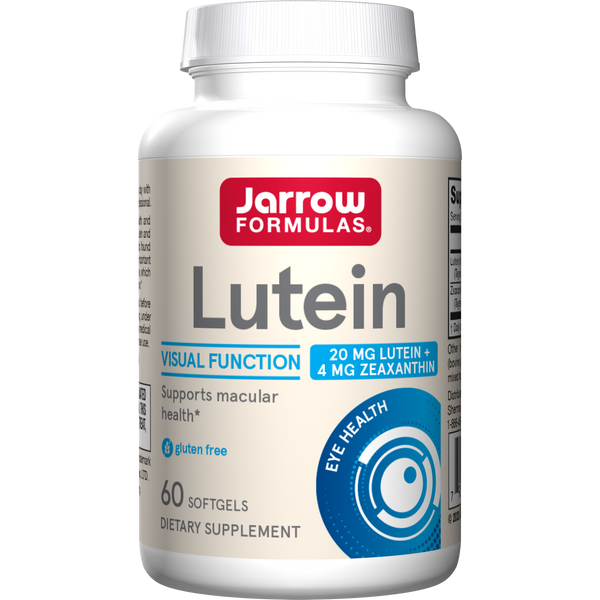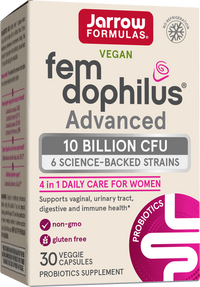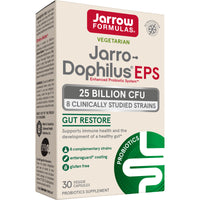Broccoli's Sulforaphane Boosts Behavior and Communication
Cruciferous vegetables, such as broccoli and cauliflower, are known to be one of the powerhouses of plant-based diets, due to their richness in health-promoting phytonutrients. Now, a new study shows that one of these phytonutrients, sulforaphane, has the potential to improve some of the core symptoms of autism spectrum disorders (ASD).
The idea for the study was born of the researchers’ observation that sulforaphane improves the body’s heat-shock response, a process that protects cells from temperature induced stress, like in fever. Typical behaviors among children with autism are often reported to significantly improve during a fever, but then come back when the fever breaks, a trend found to be true in the clinical setting. Sulforaphane has been shown to improve gene expression and even promote normal cell division in earlier research.
In attempt to test the effects of sulforaphane in 29 males, aged 13-27, a randomized, placebo-controlled, double-blind trial was established. Each was given 5.7- 17 mg/L of sulforaphane or a placebo. Changes in behavior were measured by parents or caregivers and physicians using two behavioral measures of aberrant behavior, social responsiveness and the Clinical Global Impression Improvement Scale (CGI-I). The daily doses of sulforaphane were given for 18 weeks, followed by 4 weeks without treatment.
After 18 weeks, those receiving sulforaphane had a major improvement in social interaction, abnormal behaviors, and verbal communication, known to be key areas of impairment among the study population, while participants given a placebo had minimal changes in behavior. Specifically, improvements in bouts of irritability, lethargy, repetitive movements, hyperactivity, awareness, communication, motivation and mannerisms were seen among the men and boys. The symptomatic improvements were found to decline back to baseline levels when the sulforaphane was stopped.
Derived from broccoli sprouts, sulforaphane, a natural isothiocyanate, boasts a number of benefits. The compound is known to have low toxicity and has a great capacity to provide antioxidant support, promote healthy glutathione levels, support mitochondrial health, healthy lipid metabolism, and normal levels of inflammation - all metabolic areas that have been associated with ASD.
Despite the promising results, the study authors emphasized that there’s no need to buy out the local grocer’s broccoli supply just yet – the sulforaphane content in broccoli is much lower than the doses used in the current study, and it varies widely from crop to crop. For those who prefer to believe in the virtues of their home-cooked broccoli, take note: the enzyme, myrosinase, in broccoli is needed for sulforaphane to form. While the high temperatures of boiling or microwaving, even for a minute, will destroy the majority of the enzyme, simple steaming for up to 5 minutes has been shown to retain myrosinase. For more a consistent source of sulforaphane, supplements can provide that in concentrated doses.
Sources: http://www.pnas.org/content/early/2014/10/08/1416940111; American Institute for Cancer Research, news release, Nov. 7, 2013
